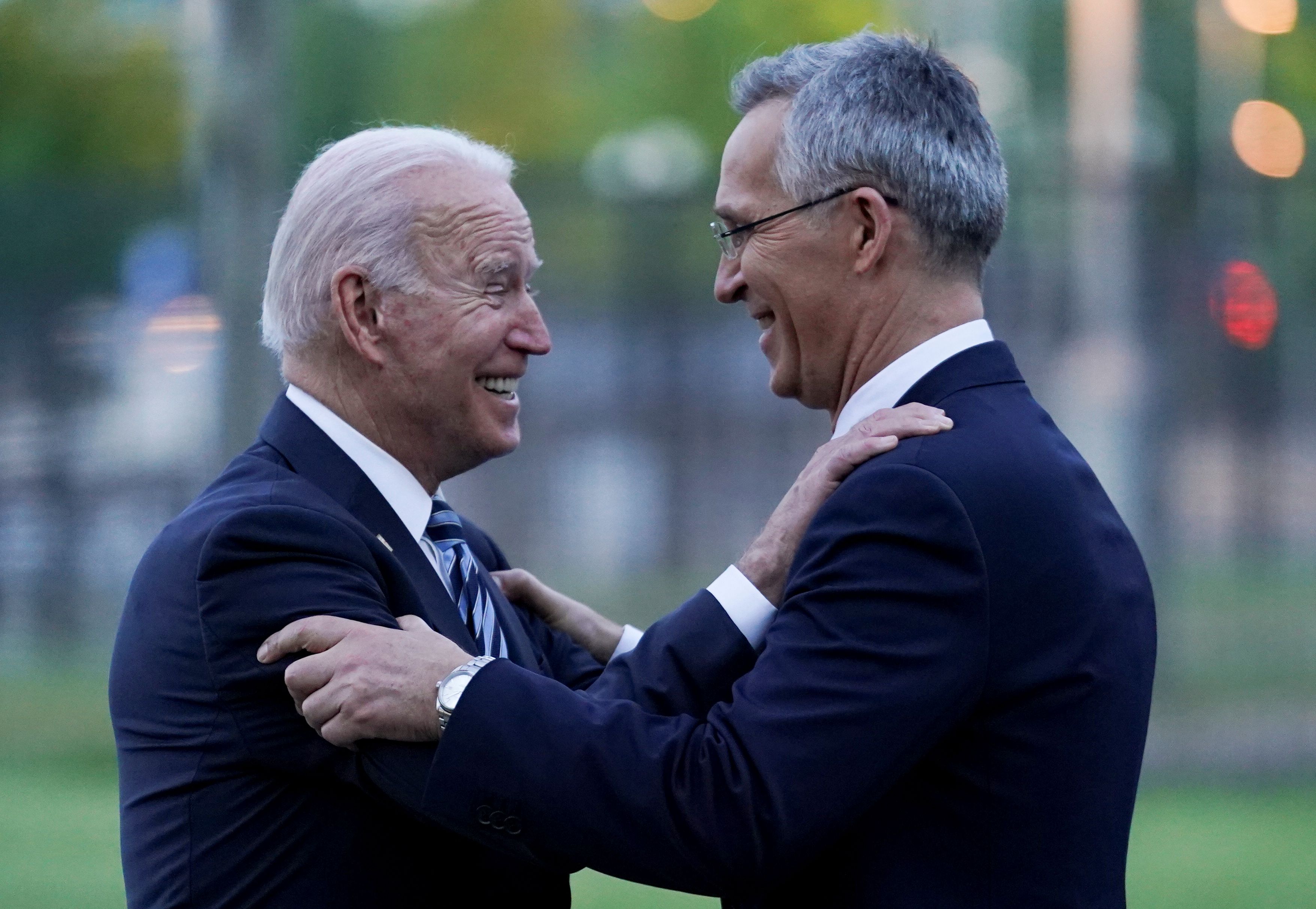NATO Summit in Brussels—A Pivotal Moment for the Alliance

What was the main goal of the NATO summit in Brussels?
The first summit with the participation of President Biden was a symbolic opening of a new chapter in the relations of the U.S. and its NATO allies. At the same time, it was an important stage in the process of the Alliance’s adaptation to new challenges and threats. There were strong political tensions in NATO during Donald Trump’s presidency. Some allies feared that by competing with China, the U.S. would lose interest in Europe’s security. At the 2019 London Summit, the leaders asked Secretary General Jens Stoltenberg to come up with recommendations to strengthen NATO’s political cohesion and consultation mechanisms. Stoltenberg used the “NATO 2030” initiative (expert and political discussions) to formulate such recommendations. Some of them were approved at the summit.
What decisions were made at the summit?
The breakthrough was recognising China as a “systemic” challenge for the international order and for the security of the Alliance in certain areas: asymmetric threats, cyberattacks, space, sea lines of communication, disinformation, and the development of new technologies. The Alliance also points to China’s military cooperation with Russia in the Euro-Atlantic area. Such language can form the basis for the development of NATO’s strategy towards China. It was decided to strengthen the policy in several areas, including resilience against various types of threats, development of emerging and disruptive technologies (EDT) through the so-called defence innovation accelerator or NATO’s enhanced role in the fight against climate change by reducing greenhouse gas emissions by the armed forces. Cooperation with partners will be adjusted to new challenges. The previous policy in many areas, such as the open door to the Alliance, was also confirmed.
How can the decisions influence defence and deterrence policy?
The allies unequivocally pointed to Russia as a country that pursues aggressive policy and poses an increasing threat to Euro-Atlantic security. The communiqué shows NATO’s determination to develop the necessary potential and ability to deploy troops and respond to threats from all directions. Strategic communication and nuclear exercises are to be strengthened. The Alliance points out that it will be necessary to develop a new military doctrine (multi-domain operations) that will enable the coordination of activities in many operational domains. A new cyber policy has been approved. Allies warned that space, cyberspace, and hybrid attacks could be grounds for invoking Art. 5. Also, defence and deterrence can be strengthened through, among others, the coordinated development of new technologies, as well as by the new policy on resilience, which can help better protect critical infrastructure.
What was the significance of the summit for transatlantic relations?
Biden confirmed the U.S. readiness to fulfil security guarantees for allies in accordance with Art. 5 of the Washington Treaty. In doing so, he tried to reduce fears that by focusing on China’s rising power, the U.S. would not be interested in investing in Europe’s security. The new administration is developing the ability to deploy troops to Europe (including Defender Europe exercises) to carry out a large collective-defence mission, making a key contribution to defence and deterrence policy in the Euro-Atlantic area. At the same time, the Alliance will now devote more attention to the challenges that China may pose to common security, increasing its ability to enhance security on a global scale. In this way, the U.S. and NATO allies are beginning to strengthen strategic relations based on a new division of responsibilities.
What do the summit’s findings mean for Poland?
The strong language on Russia and defence and deterrence policy is in line with Polish interests. It indicates that NATO is open to further adaptation to threats from Russia. If these threats intensify, it will be possible, for example, to strengthen the Alliance’s forces and/or deploy their elements in Poland and other countries of the Eastern Flank. It is important that the Alliance recognised the need to supply its troops with fuel, which could lead to the expansion of the NATO pipeline system to the east. Poland has also managed to draw the Alliance’s attention to the situation in Belarus and the threats that this state may pose. It will be important for Polish security to be actively involved in the work on the new strategy. Poland should strive to unequivocally confirm in the strategy that Russia is the main threat to NATO in the Euro-Atlantic area, and that the main mission of the alliance is collective defence in the treaty area.


